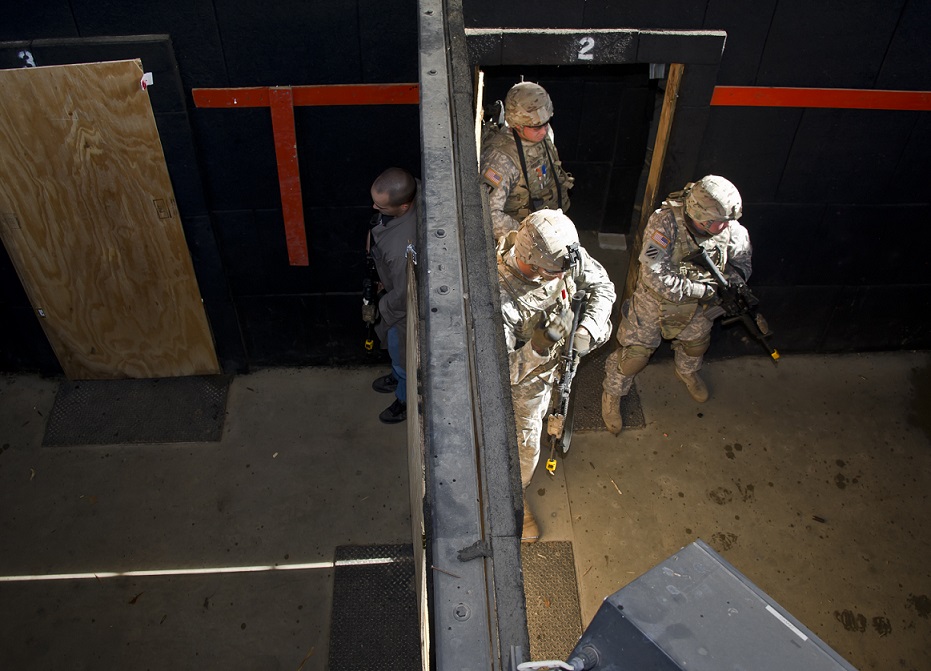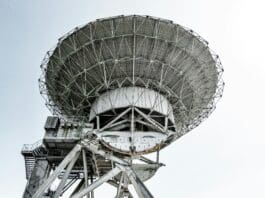
This post is also available in:
 עברית (Hebrew)
עברית (Hebrew)
The development of autonomous swarm technology is moving one step forward, with capabilities rapidly nearing availability for future operations.
Researchers, roboticists, and technologists deployed swarms of autonomous air and ground vehicles to test mission capabilities in the final field experiment (FX-6) of DARPA’s recent OFFensive Swarm-Enabled Tactics (OFFSET) program.
The program envisions future small-unit infantry forces using swarms comprising upwards of 250 unmanned aircraft systems (UASs) and/or unmanned ground systems (UGSs) to accomplish diverse missions in complex urban environments.
OFFSET specifically focused on advancements in collaborative swarm autonomy and human-swarm teaming capabilities. The goal is to develop a set of “swarm tactics” that can be used to implement a swarm commander’s intent using algorithms that autonomous systems can understand.
Two swarm systems integrators – Northrop Grumman Mission Systems and Raytheon BBN Technologies – were tasked with designing, developing, and deploying an open architecture for swarm operations in both physical and virtual environments.
The swarm systems consist of an extensible game-based architecture that enables the design and integration of swarm tactics, immersive interfaces for collaboration among teams of humans and swarm systems, and a physical testbed with hundreds of aerial and ground robots to validate new capabilities.
The testbeds consist of commercial off-the-shelf small unmanned systems, including backpack-sized rovers as well as multi-rotor and fixed-wing aerial vehicles. These systems, or swarm agents, were tasked by swarm commanders to execute swarm tactics.
Systems integrators were also tasked with creating a tactics exchange to foster community interaction, according to darpa.mil.



